Choosing Wallcoverings
Homebuilding pro Mike Litchfield sorts through the material choices for wallcoverings and adhesives, with some handy tips on ordering by the roll.
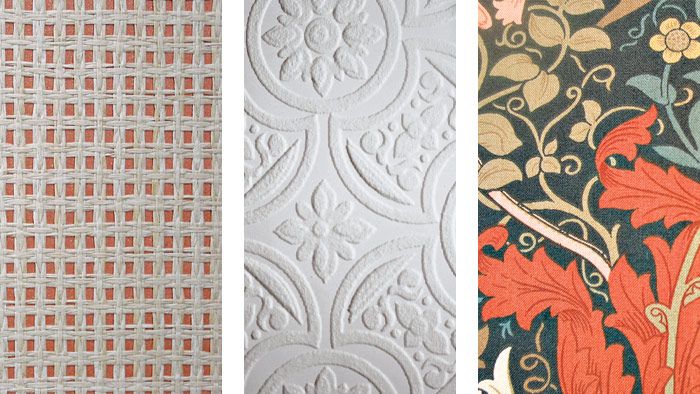
Today, wallpaper is available in so many materials—including grasses, bamboo, rice paper, foil, and cork—that they are collectively called wallcoverings, and some of them are stronger, more durable, and easier to maintain than some paints. Many are backed with paper or cloth, with cloth being stronger. But by far the most popular are vinyl-coated wallcoverings, which are washable and grease-resistant.
Most wallcoverings come prepasted. This makes them easier to apply and—years later—easier to strip from the wall. Because the manufacturer has already pasted the covering, all you need to do is unroll it and soak it briefly in a water tray. Many pros avoid the drips and mess of a water tray by rolling a prepaste activator onto the backing.
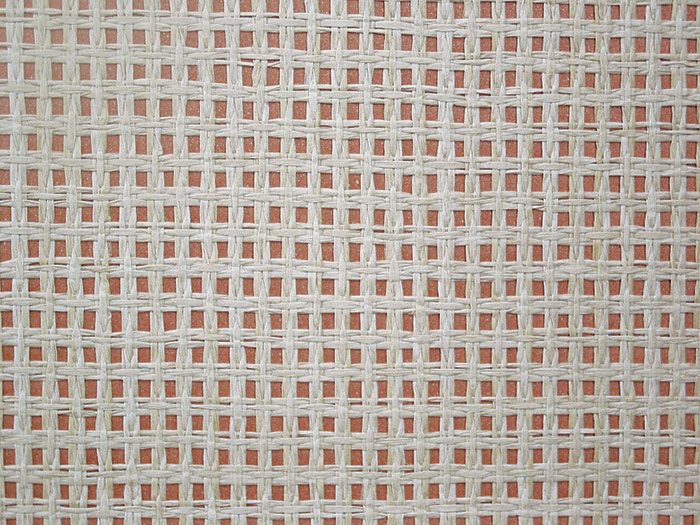 |
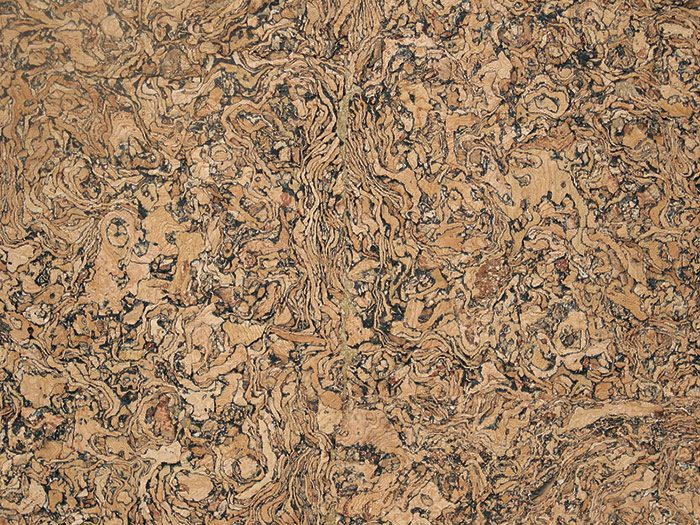 |
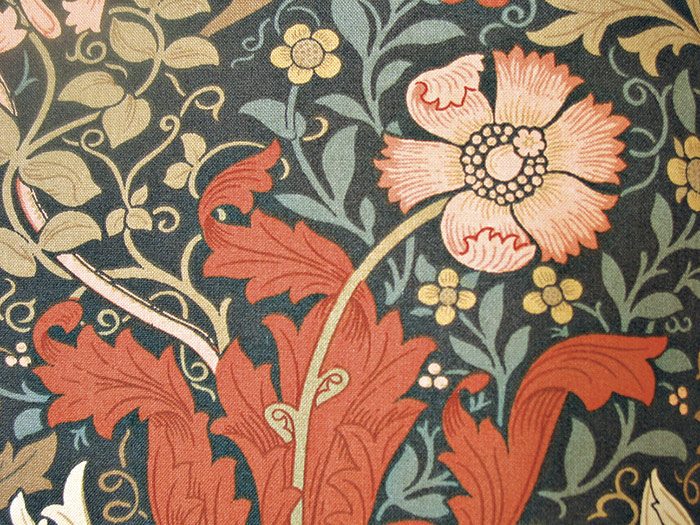 |
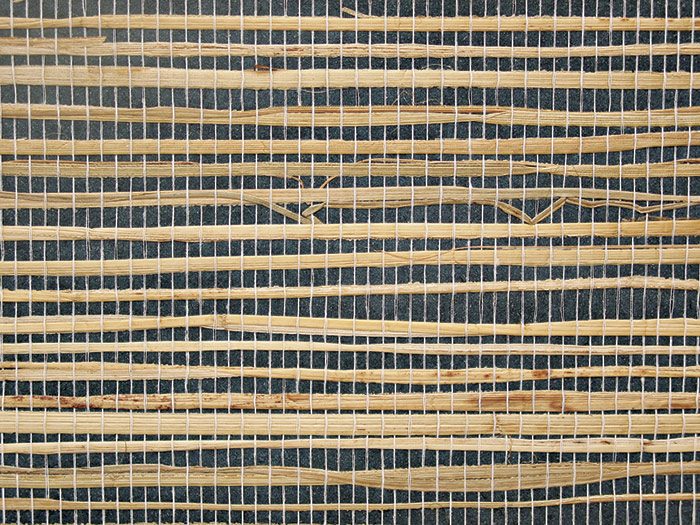 |
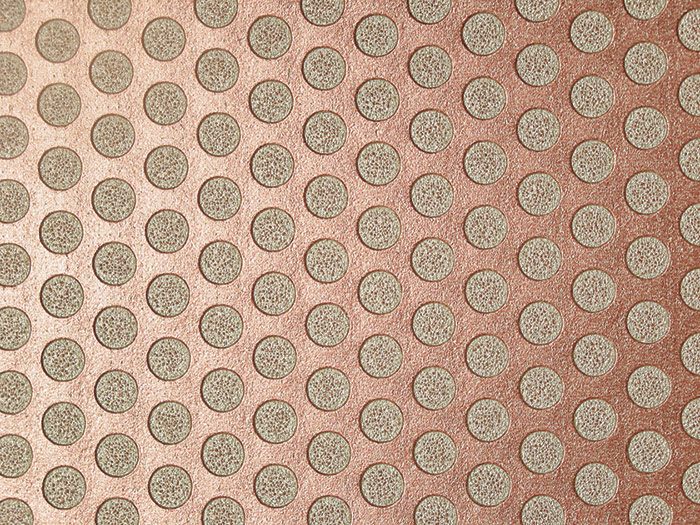 |
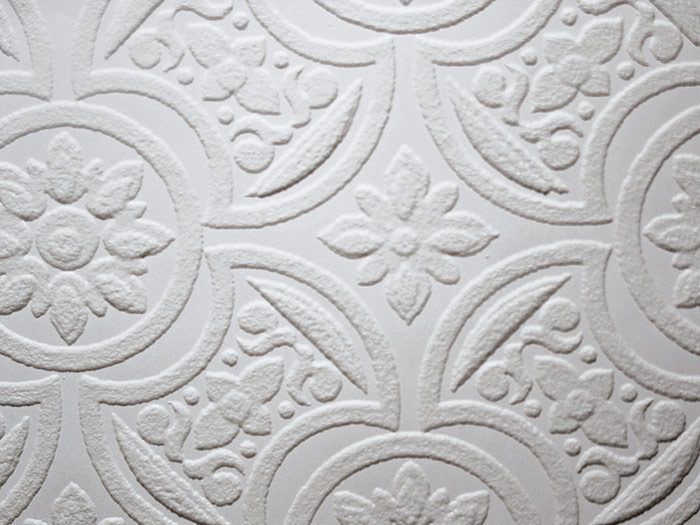 |
Selecting Materials
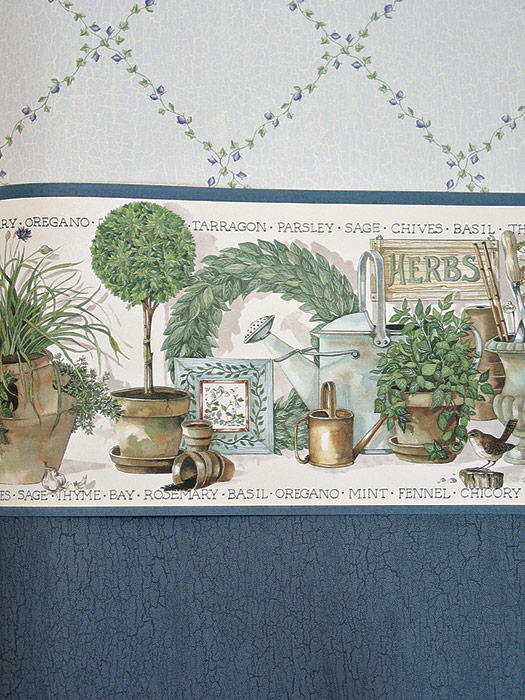
Choose a wallcovering whose pattern and color are appropriate for the room. There are no hard and fast rules on what works. But in general, lighter colors make rooms look larger, and darker colors make rooms look smaller. Smaller, subdued patterns are better for quiet rooms. Splashy floral prints tend to serve better in places such as front halls that bustle with activity. Delicate textiles or grasses are best reserved for rooms with little traffic and little risk of bruising. Also, consider the age and energy level of the people in the room. For example, vinyl-coated murals of rock stars or sports themes will appeal to kids and endure abuse.
Washable wallcoverings can be sponged clean occasionally with a mild soap or cleaning solution. Scrubbable coverings can take a vigorous scouring with a nylon-bristled brush or a pad, as well as stronger cleaning agents. There are also strippable and peelable wallcoverings, discussed at greater length in “Stripping Wallpaper”.
For do-it-yourselfers, it’s smart to choose a covering that’s easy to hang. That is, textured coverings can be fragile and difficult to handle. The condition of existing walls also should affect your decision. For example, heavy coverings can conceal minor wall flaws, whereas lightweight papers will accentuate flaws and won’t conceal underlying bold paints or vivid patterns. If walls or trim are badly out of square, avoid coverings with large, bold patterns because slight mismatches along their edges will be more obvious than if patterns are subdued.
Wallcoverings
Wallpaper, actual paper, is most appropriate for historically accurate restoration and wherever you want fine detail. Although vinyl coverings are increasingly hard to distinguish from paper, vinyls tend to look glossier. Although paper may have an aesthetically pleasing flat finish, it is more vulnerable to grime and abuse.
Vinyl is today’s workhorse, available in a dizzying range of patterns and in finishes ranging from flat to glossy. Vinyl is especially suitable for areas with traffic and moisture. Most vinyls are washable, and cloth-backed vinyls are usually strippable—that is, they are easily removable when you want to change them. Although no wallcovering is intended to conceal major cracks and irregularities, heavier vinyls can conceal minor flaws. One thing to note: vinyl wallcovering can trap moisture in walls, so it is not ideal for exterior walls (particularly in warmer climates) unless the walls have foam insulation inside.
Fabric coverings include cotton, linen, silk, stringcloth, and wool. They’re often chosen to match or coordinate with colors and textures in drapes and fabric-covered furniture. They come paper-backed, acrylic-backed, or unbacked (raw). And the backing largely determines the method of installation. Avoid slopping adhesive or water onto the fabric facing because some fabrics stain easily; delicate fabrics are usually dry hung, in which paste is applied to the wall and the dry wallcovering is smoothed onto it.
Natural textures, such as rice paper, grasses, and bamboo, tend to be expensive, temperamental, and delicate. And because the thinner coverings reveal even minor flaws in wall surfaces, you first need to cover the walls with a lining paper. Still, natural textures are evolving, with vinyl-coated versions that are relatively durable and easy to install. Besides their beauty, most natural textures have no pattern that needs matching.
Foils and Mylar also vary greatly in appearance and ease of handling. For example, heavier, vinyl-laminated foils are durable and easy to install. However, some uncoated metallic coverings retain fingerprints, so you should wear disposable nitrile gloves when hanging them, or perhaps avoid them altogether. That said, foils are well suited to small rooms because they reflect light, thus making the space appear larger. Lincrusta, an embossed wallpaper similar to a fine cardboard, is making a comeback. The modern version of Victorian lincrusta is called anaglypta.
Cork and wood-veneer wallcoverings are finely milled and manufactured to use cork and rare woods efficiently. Typical veneer dimensions are 1⁄64 in. thick, 1 ft. to 4 ft. wide, and 12 ft. long. Such specialty coverings may be available through suppliers of professional paperhangers.
Borders are thin strips of wallcovering that run along the edges of walls where they meet ceilings, wainscoting, and trim. They can be installed over wallcovering or directly to drywall or plaster. The surface determines the adhesive.
| A Wall of Your Own Thanks to technology, you can have wallcoverings fabricated with virtually any pattern or image you want, including historical documents or wall-size photos of family members. The cost has come down a lot. Make sure these special coverings are treated with a protective coating such as a clear acrylic for easier cleaning. |
Pastes
Like wallcoverings, pastes have evolved. Probably the best advice is to follow the manufacturer’s paste specifications, usually printed on the wallcovering label, along with the code and run numbers. If the paste isn’t specified, ask your supplier to get that information from the manufacturer.
Wheat pastes were the standard for centuries, but that changed in the 1960s and 1970s, with the introduction of vinyl wallcoverings. Trapped behind an impervious skin of vinyl, wheat paste was an ideal medium for mold. Moreover, wheat paste wasn’t strong enough to bond many of the newer, thicker materials. Wheat pastes are occasionally specified for delicate wallpaper, but clay- or starch-based adhesives with additives that increase grip and discourage mold have largely supplanted them.
Pastes come premixed or as powders to be mixed with water. Premixed pastes are generally stronger, more consistent, and more convenient. Once opened, however, they have a relatively short life. In general, the thicker the paste, the quicker it dries and the greater the weight it can support.
Choosing the Right AdhesiveMost of the adhesives described here come premixed, unless otherwise noted.
|
|
Wallcoverings, Adhesives, and Application
|
Ordering Wallcovering
Start by calculating the square footage of your walls and ceilings. Once you’ve determined the overall square footage, subtract 12 sq. ft. for each average-size door and window. To determine the total number of rolls you’ll need, divide the square footage by the square footage listed on the rolls. If you’re using American single rolls (see “How Much on a Roll?” below), you could instead divide by 36 (the number of square feet on each roll). But dividing by 30 gives you an allowance for waste.
If the room has numerous recesses, difficult corners, or a lot of trim to cut around, order an extra roll or two. Also, if the pattern is large, you’ll waste more because you’ll need to match patterns along seams. On the back of most wallcovering, you’ll find the pattern repeat, usually stated in inches: The larger the pattern repeat, the greater the waste. Also, order an extra roll or two for repairs. You never know when a roof will leak or a child will ding a wall.
How Much on a Roll?Wallcovering rolls (also called bolts) are available in American single rolls, Euro rolls (metric), and commercial widths. At this writing, Euro rolls dominate the market.
|
| PRO TIP: When you pick up a shipment of wallcovering, check the code number and run number on the label packed with each roll. Code numbers indicate pattern and color. Run numbers tell what dye lot you’re getting. The dyes of different runs can vary considerably and will be especially noticeable side by side. So if you must accept different runs to complete a job, use the smaller quantity in a part of the room that isn’t as conspicuous. Patterns tend to be current for at least two years. |





